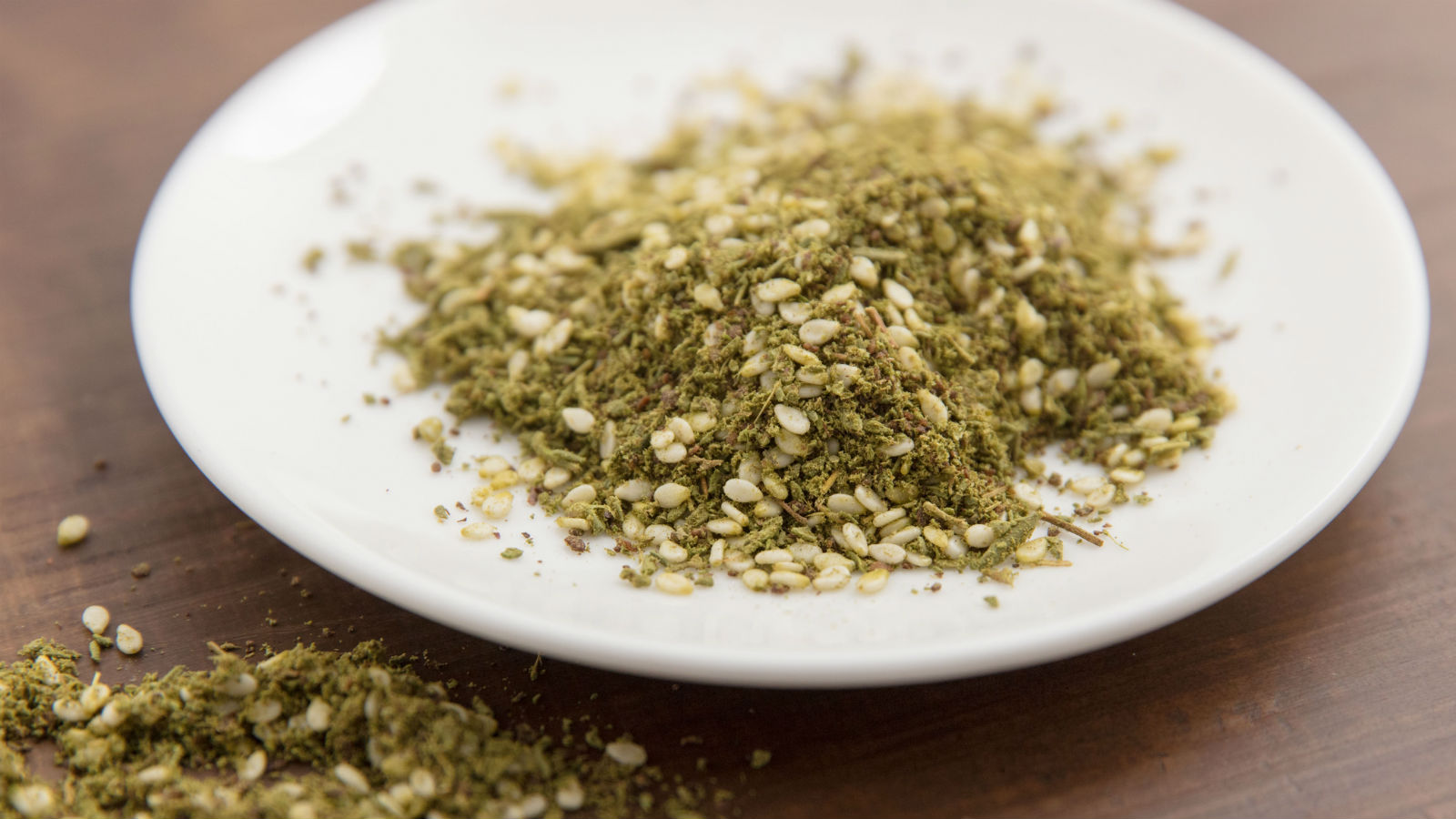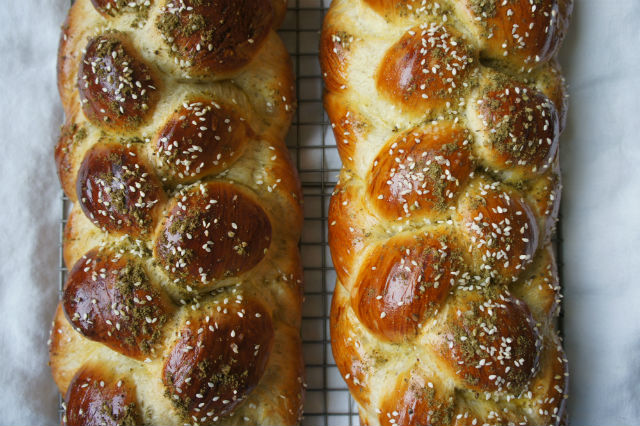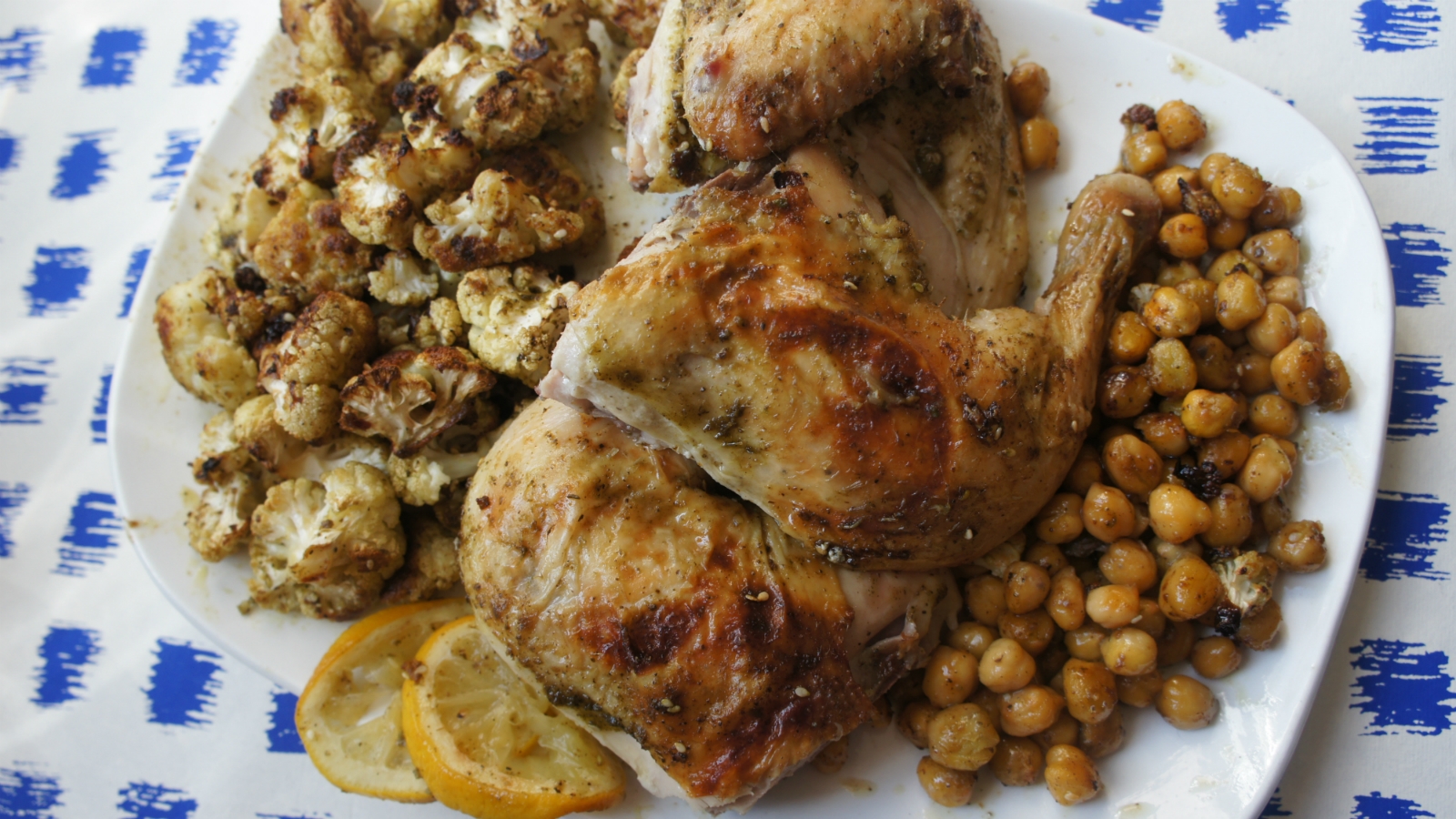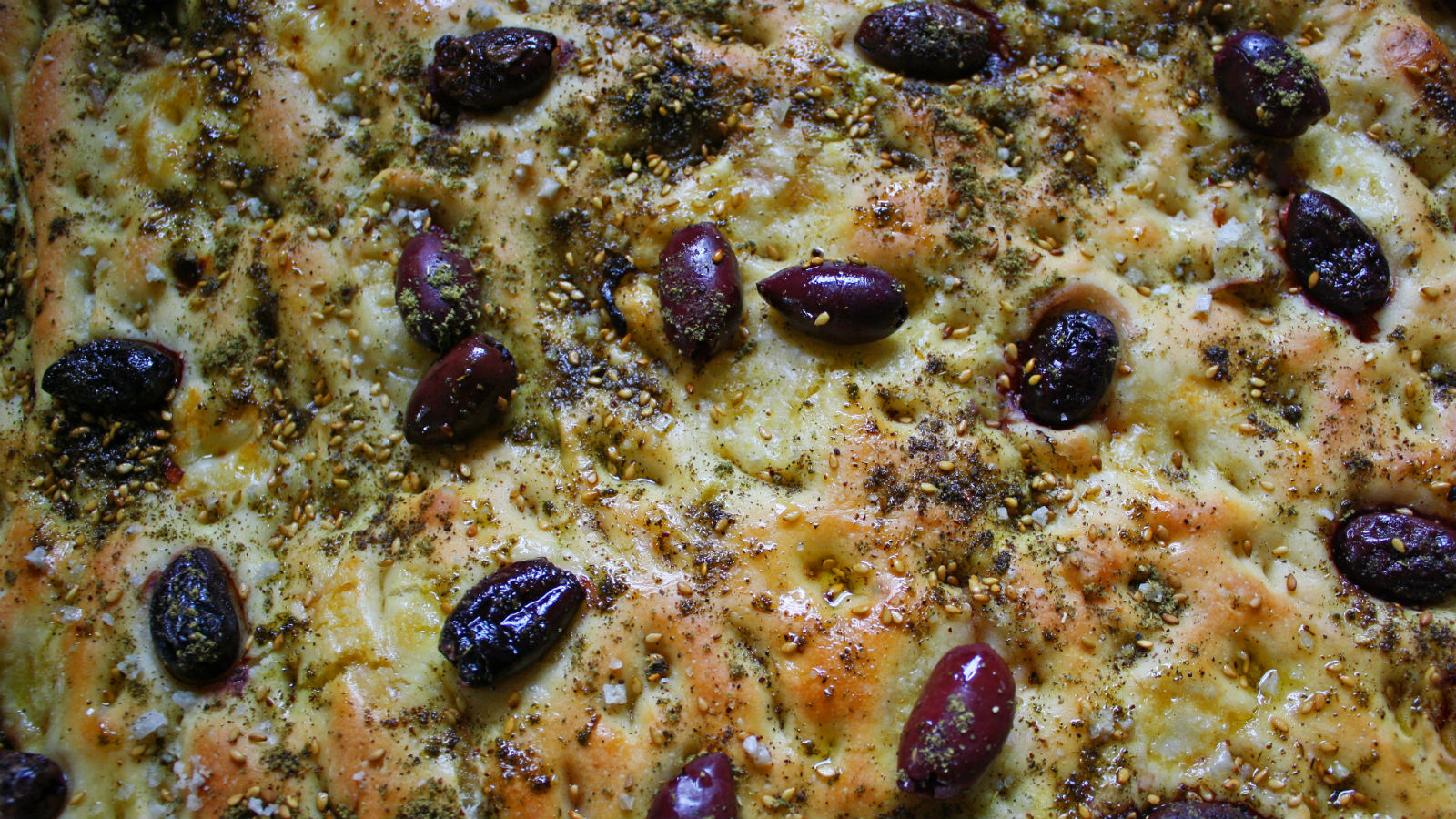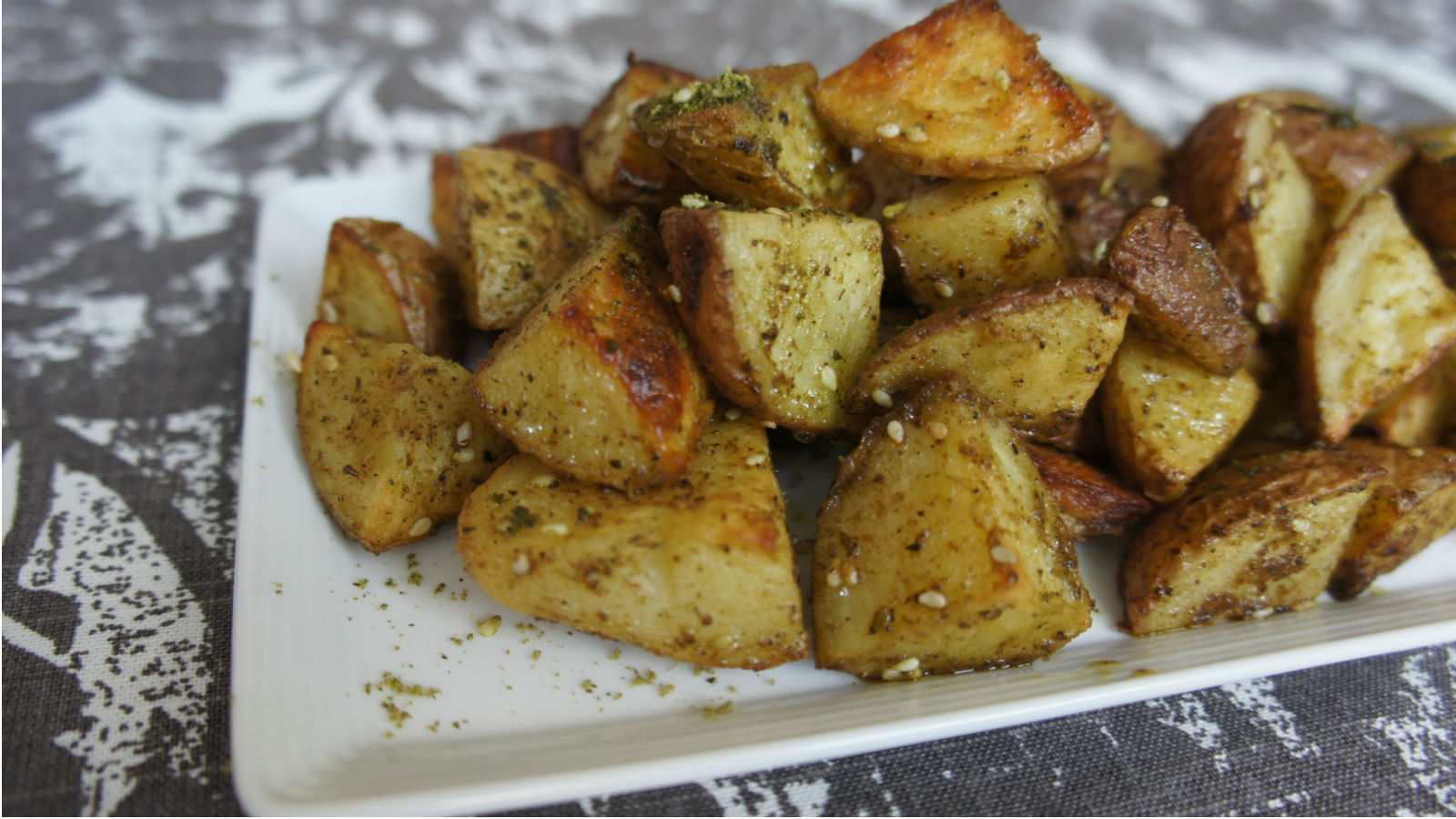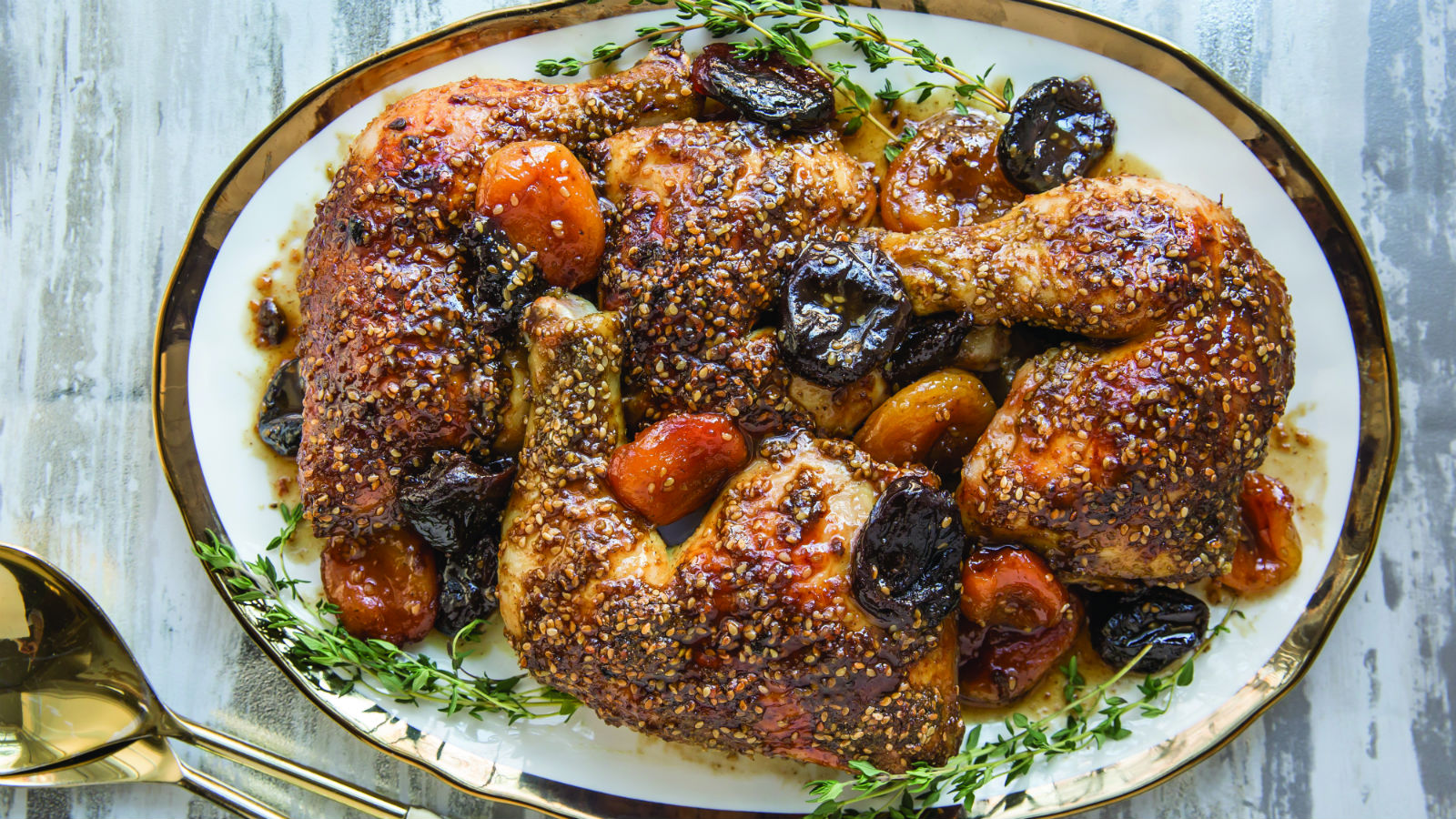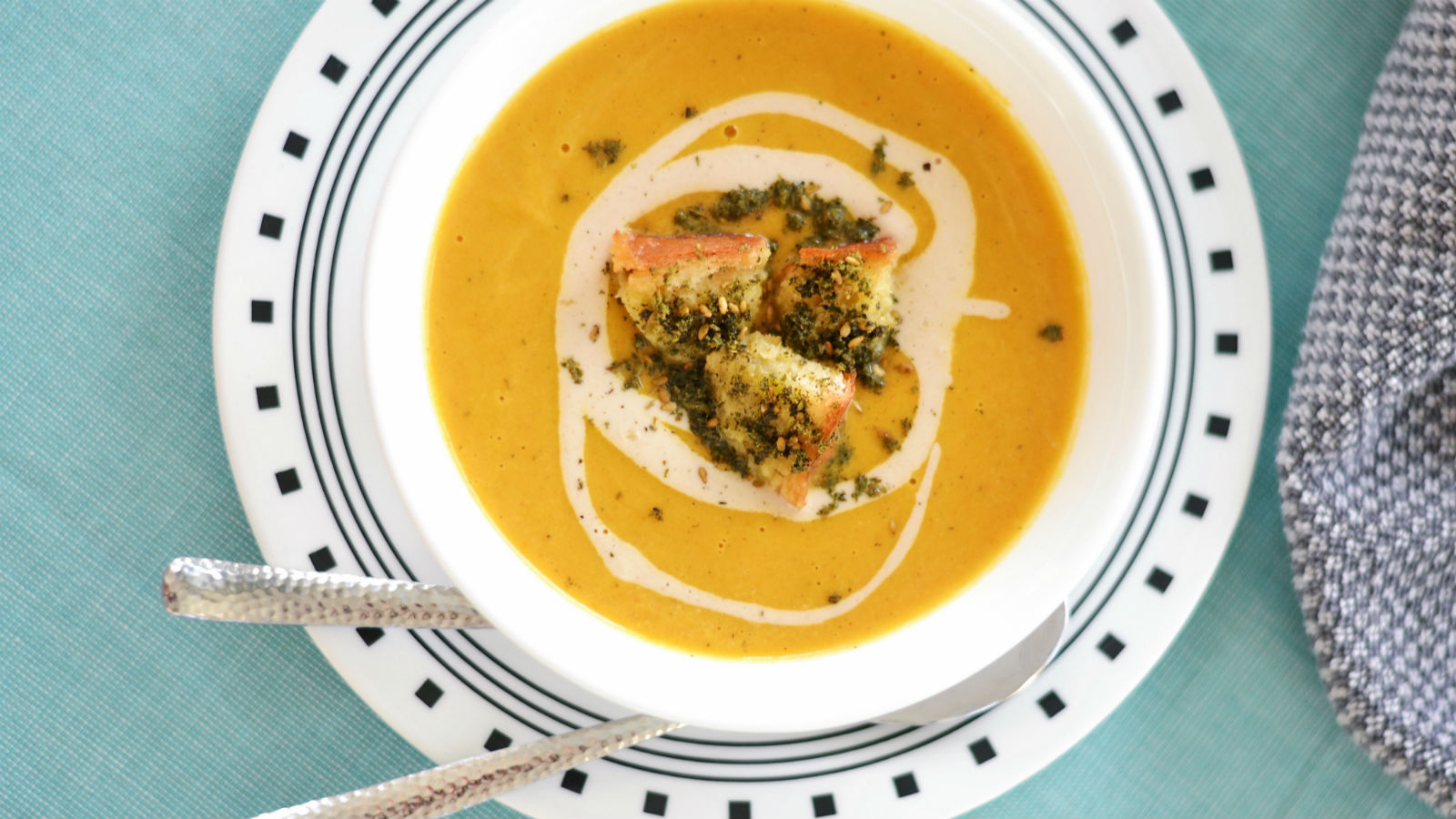Do you have an addiction to buying spices and spice mixes? I absolutely do and I’m not embarrassed to admit it.
When I head to Israel or other countries where buying spices and mixes at a market is part of the landscape, my addiction only gets worse. They are so beautiful and it’s exciting to think about all the potential dishes and baked goods I might make, even if most never actually happen.
But the truth is that spices lose their potency, and can even go bad, when not stored properly or if they are kept hiding in the back of that spice shelf for too long, a fact one should consider before buying COSTCO-sized packages of any spice.
I’ve also recently learned (thanks to some responses I received to an Instagram story about reorganizing my spice cabinet) that za’atar, in particular, can lose potency and spoil more quickly than other spices, and that it should actually be kept in the fridge.
The Nosher celebrates the traditions and recipes that have brought Jews together for centuries. Donate today to keep The Nosher's stories and recipes accessible to all.
Let me back up for one minute. Za’atar is a spice — more specifically, a spice blend. Most internet searches will tell you that za’atar is made from thyme, marjoram, sesame seeds, and sometimes sumac, another popular flavor of Middle Eastern cuisine that’s made from dried berries, has a lemony flavor, and a deep reddish hue. More accurately, za’atar is made from a kind of oregano called hyssop, which is native to the Middle East and Southern Europe.
This is relevant because Israeli za’atar typically includes sesame seeds, which can spoil if it’s too hot, humid, or if they are sitting out too long. So it’s recommended to buy small quantities of za’atar, or store it in the fridge. And it’s not just the za’atar — you should also be storing your sesame seeds in the fridge, or even the freezer, to preserve their freshness.
So there you have it — stick your za’atar and sesame seeds in the fridge in an airtight container, and make sure to periodically clean out your spice cabinet.
Hankering for some za’atar? Here are a few of my favorite ways to use it:
Savory Za’atar Challah
The addition of Middle Eastern spices gives this challah a subtle flavor that is perfect with a savory meal.
Sheet-Pan Dinner Recipe: Za’atar Chicken With Cauliflower and Chickpeas
In this dish, za’atar infuses the chicken and cauliflower with earthy, citrusy notes, enhancing their flavors during roasting.
Za’atar Roasted Potatoes
My za’atar roasted potatoes is a new family favorite for weeknight dinners and Shabbat.
Honey Roasted Za’atar Chicken with Dried Fruit
There are countless ways to use za’atar—chicken just might be the tastiest.
Za’atar Fried Chicken with Spicy Thyme Honey
This American comfort food classic gets an Israeli twist with plenty of za’atar and fresh thyme.
Carrot Tahini Soup with Za’atar Challah Croutons
This creamy carrot tahini soup is topped with crispy za’atar-spiced challah croutons, adding a fragrant, herby crunch to each comforting spoonful.
